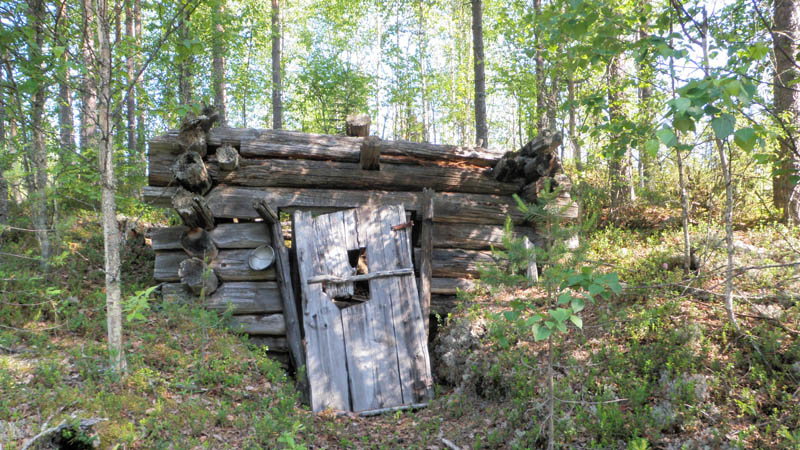Cultural Heritage in Multiple-use Forests
Human activity has left traces in Finnish forests over the centuries. Typically of Finland, cultural heritage has evolved in close affinity with nature. State-owned areas used for commercial forestry also contain numerous cultural heritage sites.

Forestry on cultural heritage sites
Information on cultural heritage sites in multiple-use forests has been saved in Metsähallitus’ geographic information system. This information resource is constantly built up in connection with ordinary forest planning work, and it is available for Metsähallitus officers when planning forestry management and harvesting. The data in the Ancient Relics Register maintained by the Finnish Heritage Agency on ancient monument sites located on state land are updated annually in Metsähallitus’ geographic information system.
An existing ancient monument or cultural heritage site is usually not an obstacle to forestry actions as long as the site is not damaged or destroyed. Working together with forestry organisations, the Finnish Heritage Agency has prepared instructions for operating on small ancient monument sites. Trees often need to be removed to manage the site, whereas the soil should not be tilled as a rule.
Cultural heritage sites are also taken into consideration when building roads and planning different types of trails.
Cultural heritage inventory
Between 2010 and 2015, Metsähallitus completed a major project in which cultural heritage in state-owned forests was inventoried. This project funded by Metsähallitus Forestry Ltd was the largest inventory of cultural heritage sites ever carried out in Finland.
The cultural heritage inventory mapped traces left by humans in the forest all the way from the Stone Age to the 1960s. Over a period of six years, archaeologists documented more than 10,000 sites containing over 100,000 individual structures in the forests. This project produced huge amounts of new information about Finnish history, as the greatest part of the areas covered by the project had never been inventoried before.
As a result of the cultural heritage inventory, the number of archaeological sites protected under the Antiquities Act in multiple-use forests nearly quadrupled from one to around four thousand. Hundreds of new Stone Age dwelling sites were discovered, the oldest of which were inhabited nearly 10,000 years ago.
In Lapland, the oldest sites identified during the project moved back the earliest known period of human settlement by up to a thousand years. Other documented sites included hunting pits, burials, sacred sites and thousands of tar pits and charcoal pits.
The cultural heritage sites from later periods largely comprise crofts, forest ranger’s estates, timber floating and logging cabins, tracks, farms, meadow barns and timber floating structures dating back to the 1900s. While these relics are not covered by the Antiquities Act, Metsähallitus has decided to protect them as a result of the survey.
Military history sites on state-owned land were also systematically mapped and protected as part of the project. Some 2,000 Second World War sites were documented, comprising defensive structures, dugouts, trenches and emplacements used in the Winter War and the Continuation War.